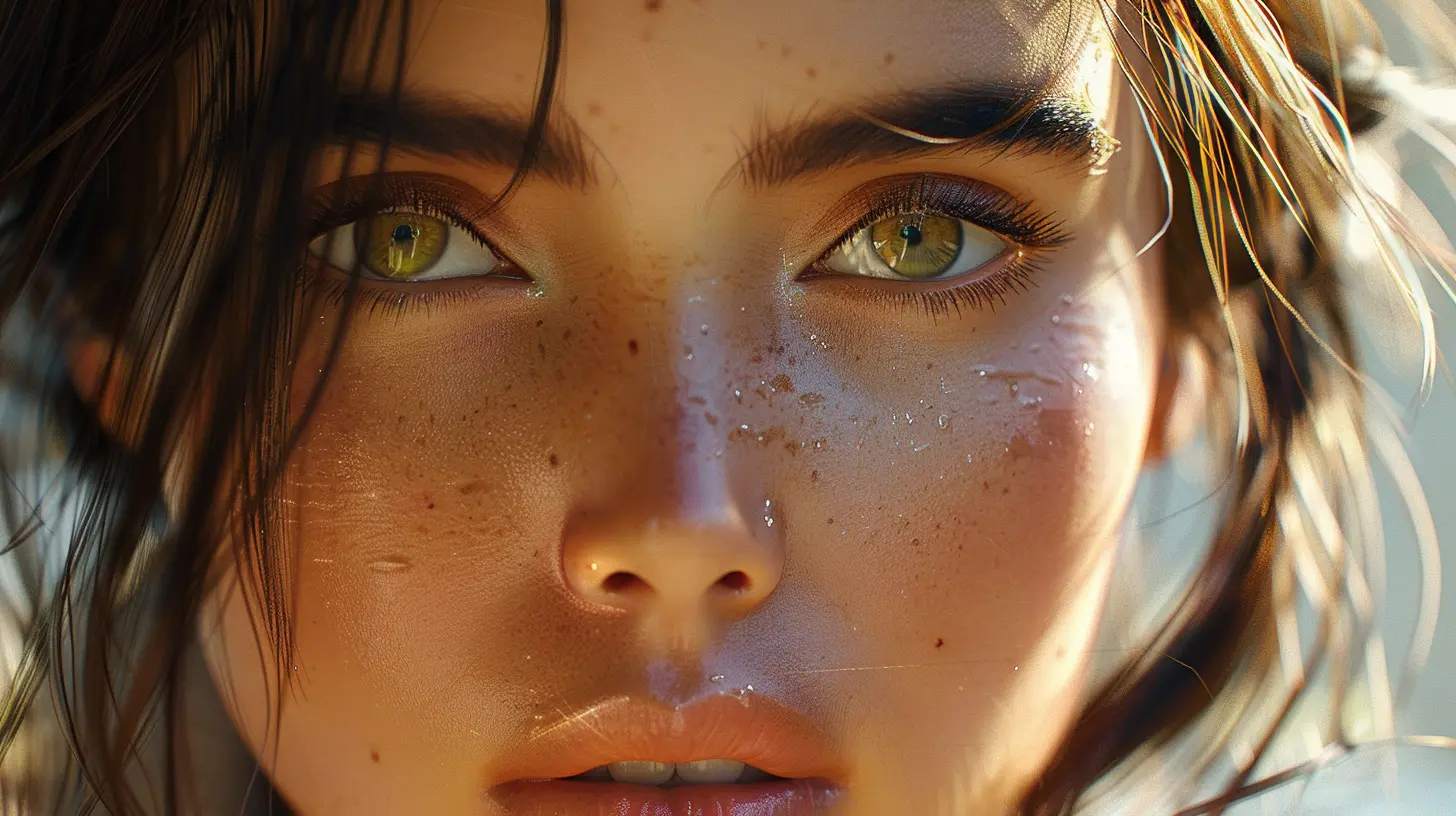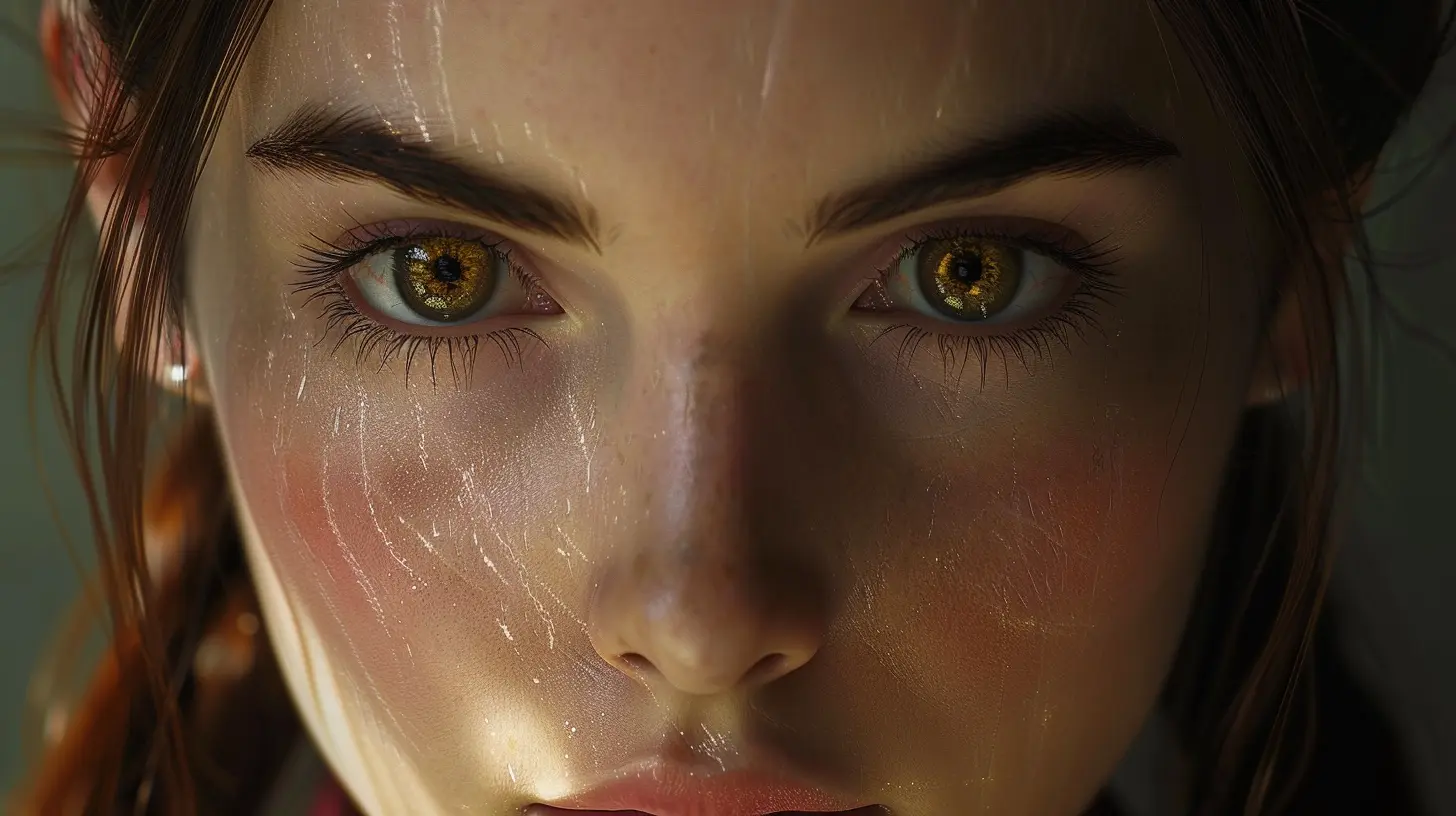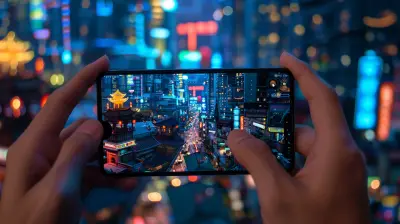Achieving Realism Through Skin and Hair Rendering Techniques
21 July 2025
When it comes to creating hyper-realistic 3D characters, nothing sells realism quite like detailed skin and lifelike hair rendering. Whether you're developing characters for a high-budget video game or crafting digital doubles for a cinematic blockbuster, the devil is truly in the details. But achieving this level of realism isn’t as simple as throwing together a few textures and shaders. It takes precision, artistry, and the right technology to make skin look alive and hair sway naturally.
So, what goes into creating skin that breathes and hair that moves like it’s caught in the wind? Let’s break it all down.
Why Skin and Hair Rendering Matter So Much
Here’s the thing: humans are wired to notice imperfections. Especially in faces. It’s called the "uncanny valley." If a 3D character’s skin looks plasticky or their hair moves like stiff spaghetti, we immediately sense something is off. The result? Immersion shatters.In contrast, realistic skin and hair rendering can pull players (or viewers) deeper into the story. It closes the gap between "this is just a game" and "this feels real." But realism isn’t just about appearances—it’s about movement, texture, and even light behavior. Skin needs to stretch and shine, while each strand of hair should feel like it has its own life.
Cracking the code on this? It’s no small task.
The Science Behind Skin Rendering
1. The Layered Complexity of Human Skin
Skin isn’t just a flat surface—it’s a complex, multilayered wonder. First, you’ve got the outer epidermis, which reflects light. Beneath that is the dermis, which scatters light (subsurface scattering or SSS, if you want to get fancy). For skin rendering to look real, all these layers need to be simulated.But skin isn’t just about light—it’s also about imperfections. Those freckles, pores, and tiny creases? They’re what make skin look human. Renderers often rely on high-resolution textures and displacement maps to include these details.
Think about it: flawless skin doesn’t exist in real life. It shouldn’t exist in 3D worlds either.
2. Subsurface Scattering (SSS): The Game-Changer
Subsurface scattering is the secret sauce of realistic skin. When light hits your skin, it doesn’t just bounce off like it would on a table. Instead, it penetrates the surface, scatters around, and eventually exits. This is why skin has that soft, translucent glow.In games, achieving SSS requires some serious shader magic. Many engines, like Unreal Engine and Unity, offer pre-built tools for simulating subsurface scattering. But striking the right balance is key—too much, and your characters might look like wax dolls. Too little, and you’ll end up with something lifeless.
3. Dynamic Response to Light and Movement
Skin isn’t static—it stretches, wrinkles, and reacts to light in real-time. Achieving this involves combining dynamic normal maps (to simulate wrinkles) with advanced physics simulations. Oh, and don’t forget specular highlights! That subtle oily sheen on someone’s T-zone after a long day? Believe it or not, it adds realism.
Lifelike Hair Rendering: The Strands That Sell It
Let’s be honest: rendering realistic hair is a nightmare. It’s one of the most challenging aspects of digital character creation. Why? Because hair isn’t just one uniform blob. It’s thousands of individual strands that interact with gravity, wind, and light—all doing their own thing. Sounds exhausting, right?Thankfully, with advancements in software and techniques, nailing hair rendering is now slightly less painful.
1. The Shift from Hair Cards to Strand-Based Hair
Back in the day, most 3D artists used hair cards to render hair. Essentially, hair cards are just flat planes with hair textures applied to them. They’re cheaper (computationally), but let’s face it—they look flat and fake up close.In modern workflows, strand-based rendering reigns supreme. Each strand of hair is modeled and simulated individually, allowing for more natural movement and interaction. Engines like Unreal Engine 5 and tools like XGen (Maya) and Ornatrix have made strand-based hair rendering more accessible than ever.
2. Physics and Animation: Letting Hair Flow Naturally
Hair isn’t meant to sit still—and that’s where physics simulations come in. Advanced tools like Nvidia HairWorks and AMD TressFX let hair interact dynamically with gravity, wind, and even the character’s movements. The goal? Natural flow. Because no one’s hair should look like it’s been glued in place.But remember: good physics are only half the game. Hair also needs to "clump" naturally (ever notice how hair isn’t perfectly spaced out?), and that requires smart texturing and shading.
3. Shading and Light Behavior
Hair doesn’t just absorb light—it reflects it, bends it, and scatters it. This makes shading hair incredibly tricky. To get the look right, renderers use specialized shaders designed for anisotropic reflections (a fancy term that basically means the light behaves differently depending on the direction of the strand).Oh, and don’t underestimate the importance of color variations. Real hair isn’t monochrome—it’s a mix of slightly different shades. Adding this subtle variation in shading and texture can make a world of difference.
The Role of Technology in Realistic Rendering
Today’s rendering pipelines leverage cutting-edge technology to achieve mind-blowing levels of realism. Let’s look at a few key innovations driving skin and hair rendering forward.1. High-Resolution Scans
Many studios start by scanning real people to capture insanely detailed skin textures, bump maps, and hair samples. Photogrammetry and 3D scanning tools like the ones from 3DScanStore or XYZ RGB have become staples in the industry. These assets are often the foundation for hyper-realistic characters.2. AI-Powered Enhancements
AI is transforming how creators build realistic skin and hair. For example, tools like Nvidia’s DLSS not only enhance rendering performance but also help create more lifelike textures and animations. Similarly, machine learning algorithms are used to predict how light and hair should behave in different scenarios.3. Real-Time Rendering Engines
Remember the days when hyper-realistic rendering was only possible in pre-rendered cutscenes? Thanks to real-time engines like Unreal Engine 5 and Unity, those days are long gone. Features like Nanite (for detailed geometry) and Lumen (for realistic lighting) allow creators to push realism to new heights—even in gameplay environments.Challenges Creators Still Face
Sure, we’ve come a long way, but there’s still room for improvement. Rendering realistic skin and hair is computationally expensive, meaning it can tank frame rates if not optimized properly. For games, developers often need to strike a balance between realism and performance—especially for lower-end hardware.Another hurdle? Time. Crafting ultra-realistic skin and hair can take hundreds (if not thousands) of hours. And let’s not forget: not every studio has the budget for high-end tools and resources.
Bringing It All Together
At the end of the day, achieving realism through skin and hair rendering techniques isn’t just about chasing perfection—it’s about creating believable characters that players or viewers can connect with. Every pore, every strand of hair, every wrinkle tells a story. And when done right, these details can make fictional characters feel breathtakingly alive.So, whether you’re a seasoned developer or just dipping your toes into digital art, remember: the magic of realism lies in the smallest details. Keep pushing boundaries, testing tools, and tweaking textures. Because the results? Totally worth it.
all images in this post were generated using AI tools
Category:
Video Game GraphicsAuthor:

Brianna Reyes
Discussion
rate this article
1 comments
Brooke Love
This article adeptly highlights the intricate balance between technological innovation and artistic vision in skin and hair rendering, underscoring their pivotal role in enhancing immersive realism in modern gaming.
August 14, 2025 at 3:49 PM

Brianna Reyes
Thank you for your insightful comment! I appreciate your recognition of the balance between technology and artistry in enhancing realism in gaming.


